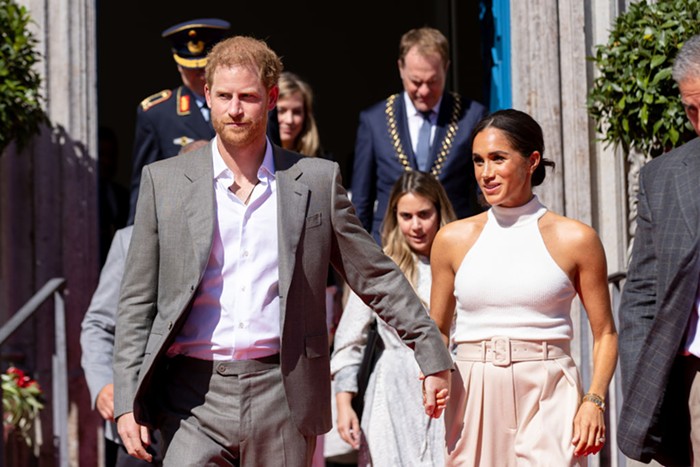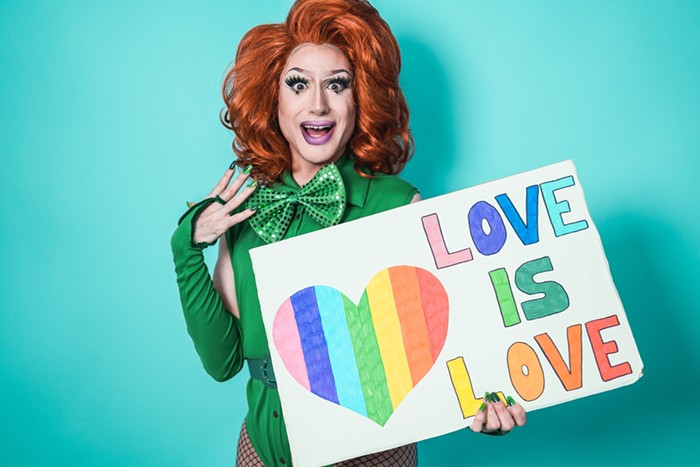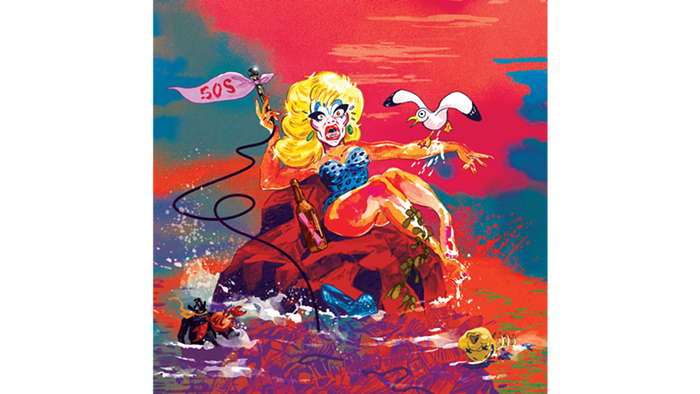With A Century of Collage, the Elizabeth Leach Gallery celebrates its 25th anniversary as one of Portland's most enduringly vital spaces. Fittingly, this commemorative group show displays the gallery's formula for success: a mix of established international artists and fresh emerging talent. With Collage, luminaries such as Robert Motherwell, Lee Krasner, Kiki Smith, and Ray Johnson fulfill the exhibition's star quotient. Still, the majority of the show is dominated by younger, lesser-known artists, with particularly strong work from Jack Pierson and Javier Pinon. Unfortunately for the gallery, its stable of local talent—Amanda Wojick, Malia Jensen, and M.K. Guth—account for some of the least inspired pieces of the entire show.
Of all the inclusions, Robert Rauschenberg's "Yardbird" is the exhibition's most appropriate and iconic. An artist whose work hinges on the concept of collage (though he prefers to describe his work as "assemblages"), Rauschenberg used the medium to playfully inject the banality of everyday life into high-minded artistic practice. "Yardbird," for example, is a vaguely abstract depiction of a bird, made with pieces of torn cardboard boxes. A viewer discerns its wings, a bright red eye, and a kind of beak, all tacked onto an oblong gray body. But the phrase "Ready-to-Cook Turkeys," printed along one panel of cardboard, implies its status as a bird as much as the figuration.
Elsewhere in the exhibition, artists use collage as a way to construct fictitious scenarios, wrenching visual components out of context and reorganizing them in disorienting juxtapositions. In Karin Weiner's "The Under Siege," a city is encircled by one enormous chain link fence, which protects it from a menacing bear population. Weiner's city is composed of structures from both ancient and modern eras, Eastern and Western cultures, and totally eschews scale and perspective. Apartment buildings tower over cathedrals and chalets, while enormous bears peer over the flimsy barrier. Where Rauschenberg's "Yardbird" explores the distance between language and visual representation, Weiner's collage is certainly less theoretical. But there's joy in her painstaking attempt to squeeze disparate images into a single tableau.












